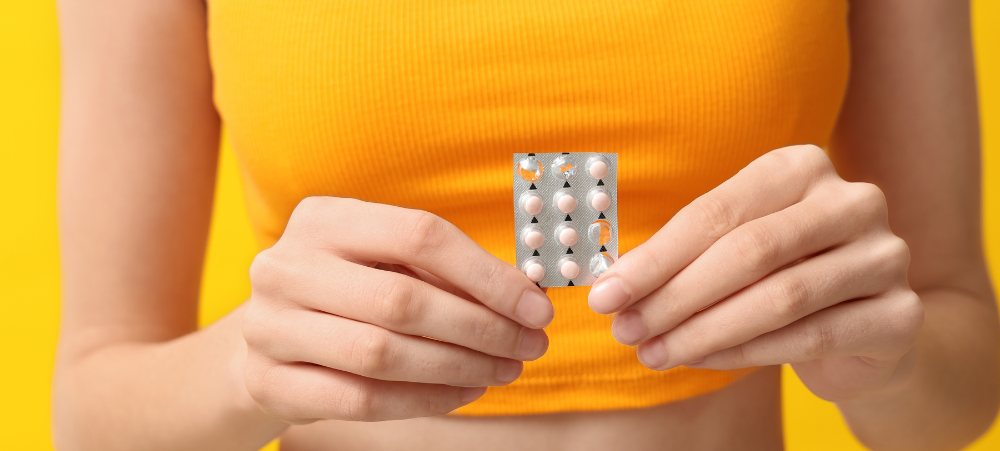Did you know that 1 in 5 men is at risk of a fracture from osteoporosis in South Africa (vs 1 in 3 women)? This alarming statistic – from the National Osteoporosis Foundation (NOFSA) -made dietitian, Yolandé Venter, choose to do her masters’ thesis* on diet and lifestyle risks in men with low bone density. Together with Dr Jaco du Plessis, a radiologist at SCP Radiology, they discuss osteoporosis in men, imaging to determine bone mineral density and the treatment for it.
Osteoporosis usually progresses without symptoms and sometimes your bones are so fragile that a simple sneeze or small stumble results in a fracture, commonly in hips, spine and wrists.
Often unjustly called an ‘old women’s disease’, it actually affects men in a surprisingly large way. Venter says, ‘even though fewer men seem to be at risk of developing osteoporosis, it is still a problematic percentage.’ With 15 years’ experience as a clinical dietitian, she says a healthy body weight plays a pivotal role in the prevention of osteoporosis. ‘If you are underweight, it increases the risk of osteoporosis and if you are overweight, your level of vitamin D is reduced, which can cause or worsen osteoporosis’.
What is osteoporosis?
A healthy bone viewed under a microscope, looks like honeycomb. Osteoporosis, put simply, is when the ‘holes and spaces’ in the honeycomb increase in size.
Your bone mineral density (BMD) can be determined by radiologists through a diagnostic radiology exam used to measure bone mineral content and mass. It is usually performed with an X-ray, called a DEXA scan – commonly found in clinics and hospitals – or with a computed tomography (CT) scan of the bones.
A computer tomography (CT) scan produces a 3D image, as opposed to the normal 2D image of a DEXA. The CT scan is more precise and gives detailed information about bone quality and microarchitecture, diagnoses osteoporosis and other conditions. However, the DEXA uses a low radiation exposure making it safe for routine screening and follow-up. ‘The amount of radiation is minimal,’ says Dr du Plessis, ‘it’s equivalent to 1 or 2 days of background radiation at sea level.’
Osteopenia vs Osteoporosis
Osteopenia and Osteoporosis are both conditions measured on the scan and characterised by decreased bone density that is less than usual for your age. Osteoporosis is far more severe in terms of implications for bone health.
Measuring bone density
‘We measure your BMD by comparing it to that of a healthy, young adult. The result will tell us how much lower (or higher) your bone mass score,’ explains Dr du Plessis. ‘Software is also used to calculate a predicted 10-year fracture risk for a major osteoporotic fracture and a hip fracture. The result is a T-score. The aim is to prevent fractures later in life by maintaining healthy bone mineral density. Fractures in the elderly population are a significant cause of morbidity and mortality.’
Dr du Plessis says, ‘Understanding and managing both conditions is crucial for maintaining bone health and preventing fractures in both men and women. SCP Radiology reports a 317% increase in referrals for men over the last five years for a CT scan. That may be indicative of a greater awareness of the dangers of osteoporosis in men.’
What causes low bone density?
Risk factors for osteoporosis include those you can’t change – such as age, genetics, ethnicity, medical conditions associated with bone loss and those you can: Tobacco use, alcohol abuse, high caffeine intake, sedentary lifestyle, poor dietary habits, low calcium and vitamin D intake, low body weight, low muscle mass. Men who are on medical treatment for breast or prostate cancer are also at an increased risk of osteoporosis and should discuss regular bone health screening with their medical practitioner.
Male ‘menopause’
Men develop the male form of menopause, called andropause, as they age. During andropause, men lose bone density in the spine at a rate four times greater than in the rest of the body. Andropause also lowers testosterone levels, which affects bone health and increases the risk of bone fractures.
Stress
Said to be the root of most diseases or medical conditions, osteoporosis is no different. Stress can play a significant role in bone loss as an excess of the stress hormone cortisol depletes vitamin D and calcium in the body.
Venter says, ‘literature clearly demonstrates that prevention and treatment of osteoporosis significantly reduces fracture risk. An observational study by Kern et al (2005) showed that hip DEXA screening was associated with a 36% lower hip fracture incidence during six years of follow-up, compared with standard medical care.’
Mortality rate after hip fracture
The one-year mortality rate after hip fracture is actually high. Research shows that more men than women die after an osteoporotic fracture. Looking at the statistics, it is clear that osteoporosis represents a major public health burden, yet it does not seem that wider screening efforts are being implemented.’
Treating low bone mineral density
This can be done through medication such as bisphosphonates, hormone-related therapy and other bone-building medications or through lifestyle changes. This includes an adequate intake of calcium and vitamin D, regular weight-bearing exercise, quitting smoking and limiting alcohol. Regular screenings and proactive lifestyle changes can significantly mitigate the risks associated with these conditions.
‘There is no need to be harbouring this silent disease,’ says Dr du Plessis, ‘when radiography for screening can put you on a path to wellness.’
*Thesis title: The level of knowledge, attitudes and behaviours regarding diet and lifestyle related risk factors in men who have been diagnosed with osteopenia and osteoporosis.
targeted toward Parents.
We understand that there are many aspects that encompass a Mother, Father or Child and strive toward providing resources and services that accommodates
this.
Our content is aimed to inform and educate families on issues starting from
pregnancy through to the challenges of the teen-age years.
- Teaching Gratitude to Children: Practical Ideas - October 9, 2025
- Spring’s Hero Salad: Fresh, Filling & Full of Flavour - October 8, 2025
- Screen Time Strategies: Finding Balance in a Digital World - October 8, 2025





